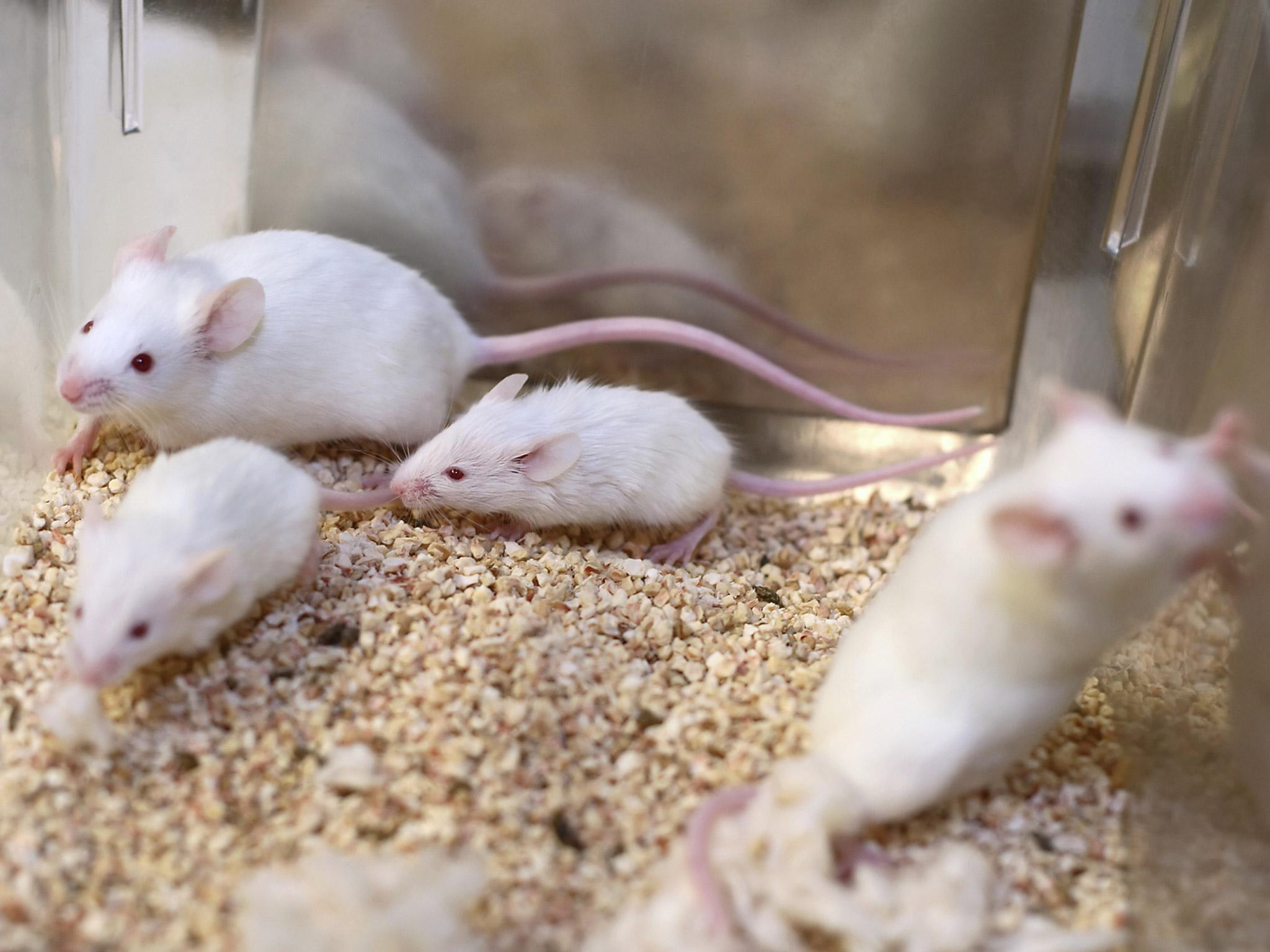Pain is more than a physical process – it could be socially transferable
If pain can be detected through a range of sensory cues, such information could be used to develop better ways of managing it

Your support helps us to tell the story
From reproductive rights to climate change to Big Tech, The Independent is on the ground when the story is developing. Whether it's investigating the financials of Elon Musk's pro-Trump PAC or producing our latest documentary, 'The A Word', which shines a light on the American women fighting for reproductive rights, we know how important it is to parse out the facts from the messaging.
At such a critical moment in US history, we need reporters on the ground. Your donation allows us to keep sending journalists to speak to both sides of the story.
The Independent is trusted by Americans across the entire political spectrum. And unlike many other quality news outlets, we choose not to lock Americans out of our reporting and analysis with paywalls. We believe quality journalism should be available to everyone, paid for by those who can afford it.
Your support makes all the difference.Pain is partly a neural process that signals tissue damage from a harmful stimulus. But we also know that it is highly subjective, and that a whole range of psychological and social factors can impact on how pain is perceived and experienced. Thoughts, feeling and expectations can influence pain, and even contribute to how people respond to pain-killing drugs.
The external social world also impacts on such expectations, and in turn how pain is experienced. For some, the sound of a dentist’s drill – or even just the thought of it – is enough to heighten expectations of pain. Also, who we turn to when we are in pain and how they respond are important social influences on how we manage it.
Interestingly, the effect of social interactions on pain is not unique to humans, but important for other animals too. Many species communicate pain to others through a range of different nonverbal channels, such as vocal and facial expressions. There are also methods for measuring the distinct facial cues and/or expressions – such as the equine facial action coding system, and rat grimace scale.
Pain-related expressions function as a warning signal to those around that there may be potential harm, and that they need to prepare to respond. So the signals transmitted by animals or individuals in pain can motivate a response in those around, such as in eliciting escape or helping behaviours.
One question that has started to emerge is whether the pain in one individual can affect the pain experiences of another. Can pain be socially transferred, and if so, how? Now a study, published in journal Science Advances, has begun to answer these questions. The research considers the way in which social interactions and environmental factors impact on pain in non-human animals. The authors start from the premise that many animals have complex social interactions and so it is likely that such interactions should affect pain also. They chose to look at mice, as they are highly social, and considered whether another animal’s pain has an effect on the pain sensitivity levels of a bystander animal.
As expected, they found precisely that – the presence of another mouse in pain, increased the bystanders pain sensitivity levels. Pain sensitivity in the mice was measured a number of ways across various experiments, including their pressure threshold, and behavioural responses to a stimulus. They also considered whether such sensitivity could be transferred and, if so, how. This was tested by taking the bedding of mice who had experienced pain and their bystanders, and exposed it to a set of unfamiliar mice. The authors found that exposure to this bedding alone produced an increase in pain sensitivity. The authors concluded that this sensitivity had therefore been socially transferred, suggesting some sort of “pain information” was left on the bedding that the pain-free mice were able to smell.

What this study shows is that that pain has a strong social environmental dimension, and that pain in one animal can effect pain sensitivity in those close by. It also suggests that the social transmission of pain sensitivity to other mice might occur through a wider range of senses than previously thought.
A question asked by the study authors is whether the actual social transfer of pain can also occur in humans. There is related work showing that empathy and emotions may be socially contagious, so what about pain? We do not yet know.
Clearly, we need to be very careful about generalising from this study on mice to human pain. However, there are questions that research like this start to generate, which we can use to think more about human pain experiences. For example, how the senses might interact, and how information from one of our senses crosses over to influence another. If we can detect pain in others through a range of sensory cues, can we use such information to help develop better ways of measuring or managing pain in those that have difficulty verbalising how they feel, such as infants?
More generally, what research like this highlights once again is that although pain is a subjective experience, it does not operate in a social vacuum. Who we interact with and how others respond to us, impact on pain. We need to focus more on the social side of pain, and also consider the way in which biological and social factors interact. However, we are still some way off from really understanding this complex phenomenon.
This article was first published on The Conversation (theconversation.com). Edmund Keogh is a reader in psychology at the University of Bath
Join our commenting forum
Join thought-provoking conversations, follow other Independent readers and see their replies
Comments